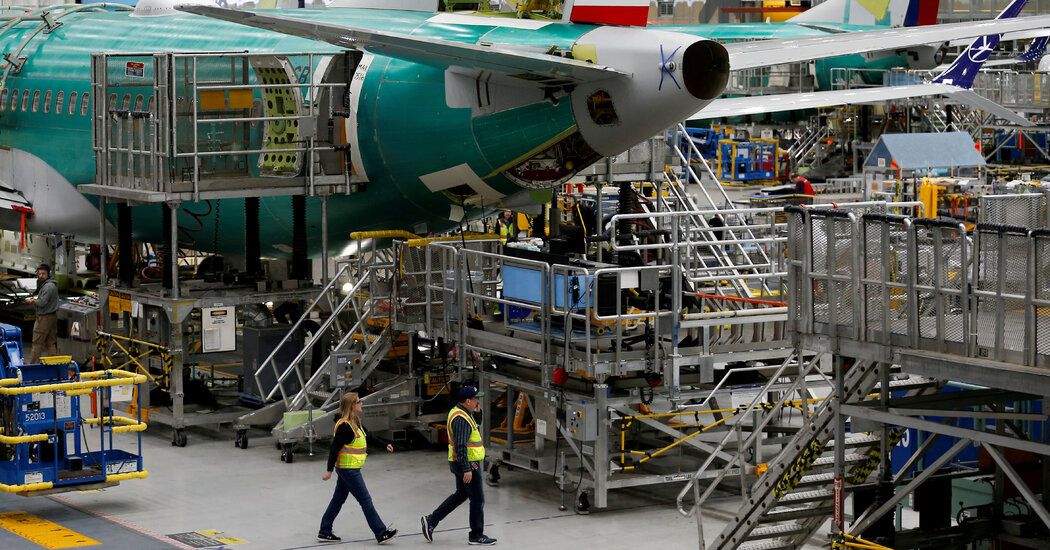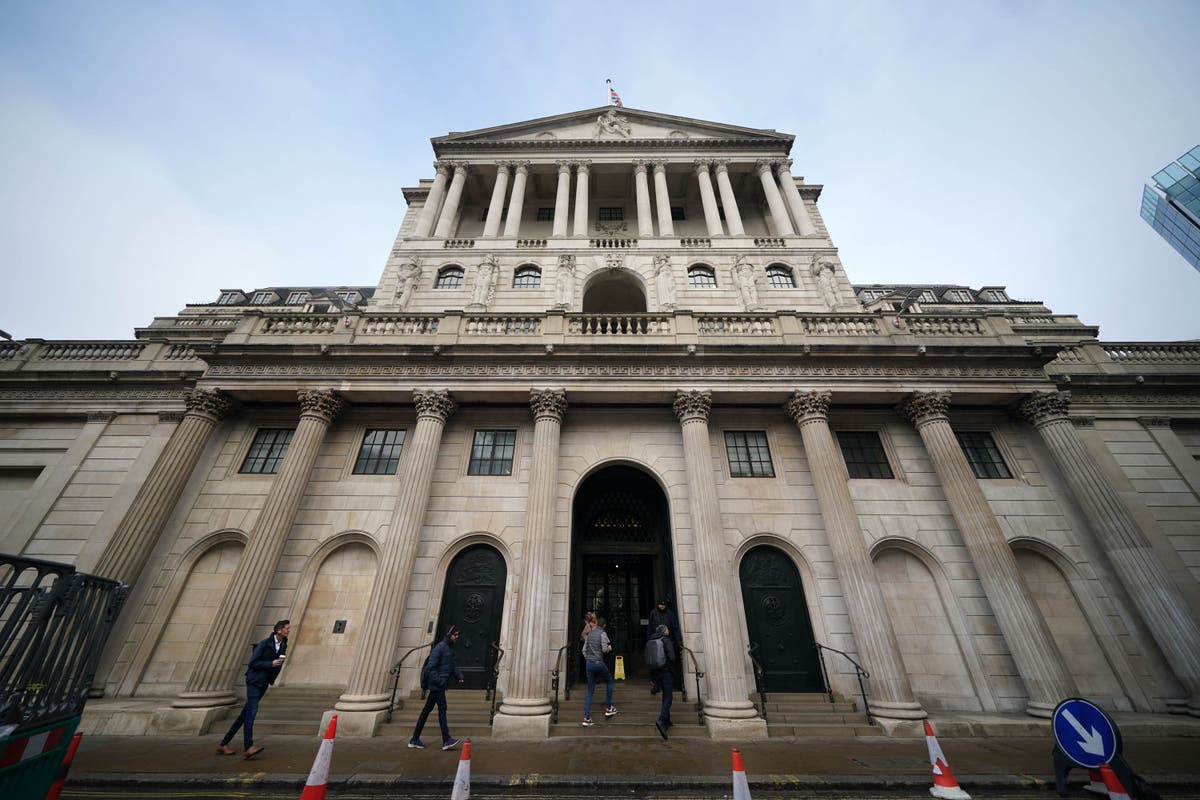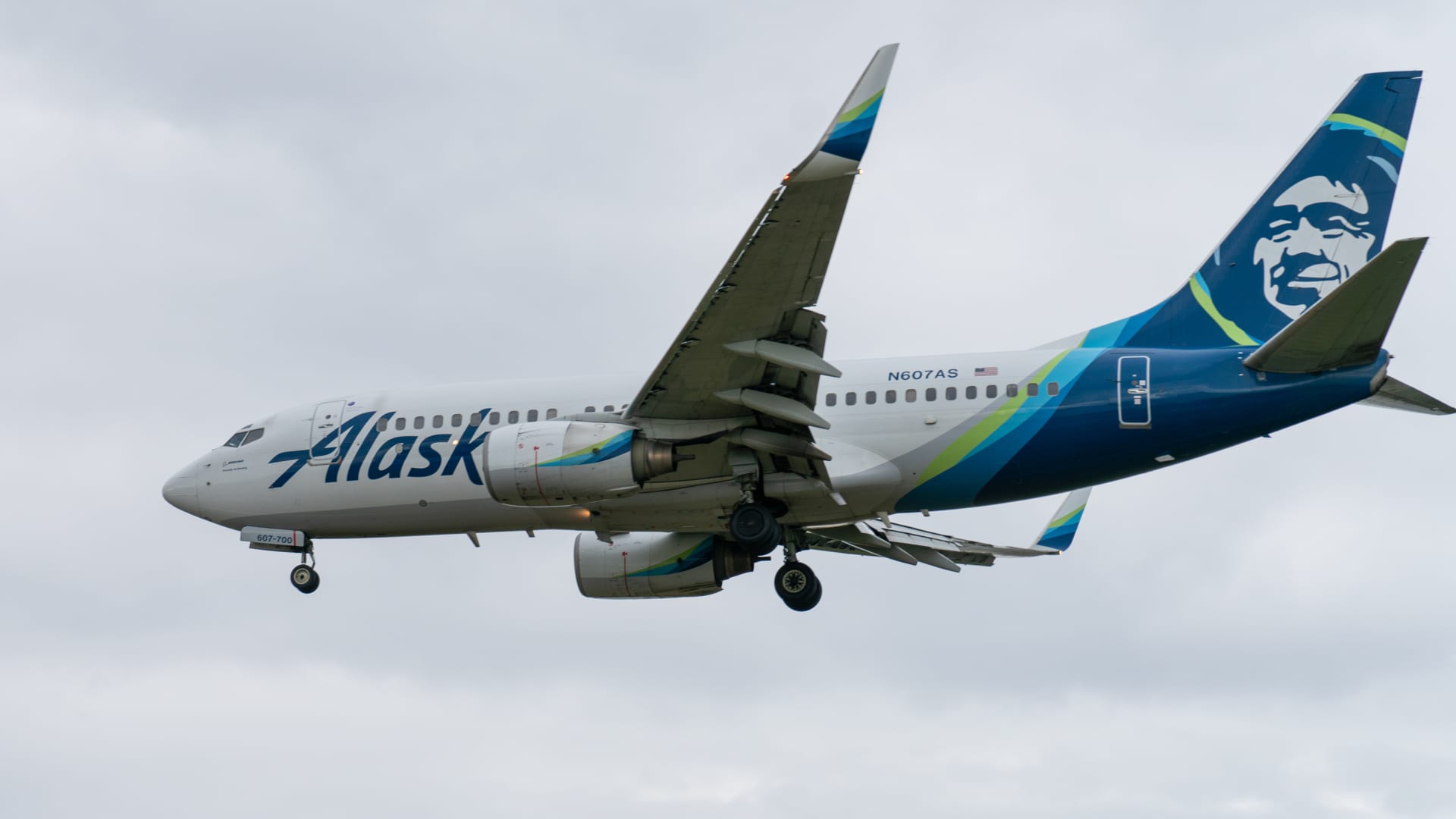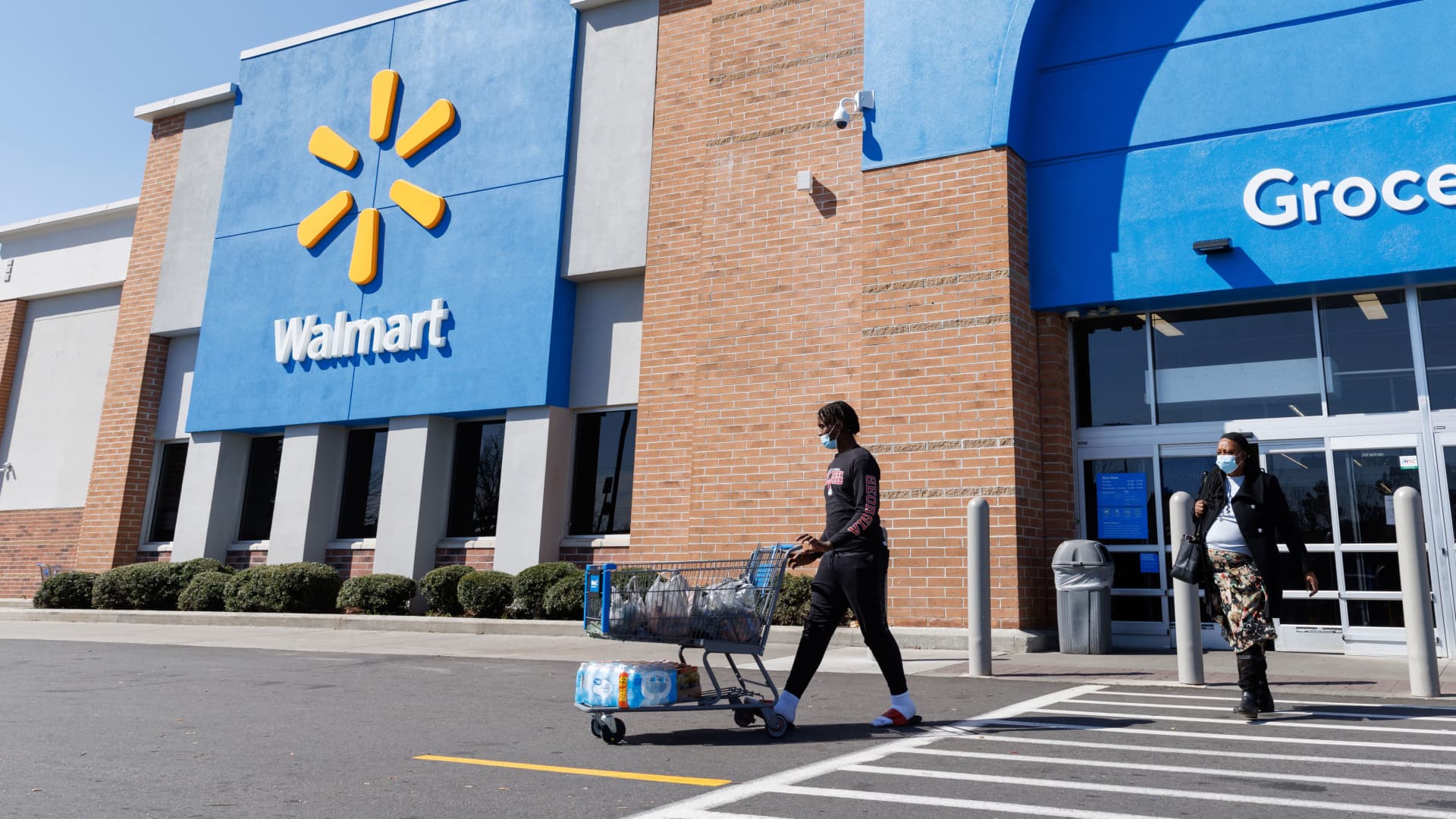A harrowing flight over the weekend is once again forcing Boeing to confront concerns about its planes, particularly the 737 Max, which is already one of the most scrutinized planes in history.
No one was seriously injured in Friday night’s episode on an Alaska Airlines flight in which part of the fuselage of a 737 Max 9 exploded in midair, exposing passengers to howling winds. The plane landed safely, but the event, on a flight from Portland, Oregon, to Ontario, California, spooked travelers and prompted immediate safety inspections on similar planes.
Federal authorities focused their attention on a plug in the mid-cabin door, which is used to fill the space where an emergency exit would be placed if the plane were configured with more seats.
The Federal Aviation Administration ordered inspections of 171 Max 9 planes operated by Alaska and other U.S. airlines, leading to dozens of flight cancellations Saturday. He said the inspections should take four to eight hours by plane to complete.
“We agree with and fully support the FAA’s decision to require immediate inspections of 737-9 airplanes with the same configuration as the affected airplane,” Boeing spokeswoman Jessica Kowal said Saturday.
It is not clear whether Boeing is to blame for what happened, but the episode raises new questions for the manufacturer. Another version of the Max, a 737 Max 8, was involved in two crashes that killed hundreds of people in 2018 and 2019 and led to the global grounding of that plane.
“The question is what’s going on at Boeing,” said John Goglia, a longtime aviation safety consultant and retired member of the National Transportation Safety Board, which investigates plane crashes.
Last month, the company urged airlines to inspect the more than 1,300 Max planes delivered for a possible loose bolt in the rudder control system. Over the summer, Boeing said a key supplier had improperly drilled holes in a component that helps maintain cabin pressure. Boeing has since invested and worked more closely with that supplier, Spirit AeroSystems, to address production issues.
“We are seeing greater stability and quality performance within our own factories, but we are working to bring the supply chain up to the same standards,” Boeing CEO Dave Calhoun said on a call with investment analysts and journalists at October. .
Spirit AeroSystems also worked on the 737 Max 9 fuselage, including manufacturing and installing the door plug that failed on the Alaska Airlines flight.
Deliveries of another Boeing plane, the twin-aisle 787 Dreamliner, were virtually stalled for more than a year, until summer 2022, as the planemaker worked with the FAA to address several quality issues, including fine gaps such as the paper on the plane plane. body.
Another defect discovered last summer once again slowed deliveries of the plane. And production of both the 737 and 787 has been slow to ramp up amid those and other quality and supply chain issues.
The Max was grounded in early 2019 after two crashes that killed a total of 346 people in Indonesia and Ethiopia. For 20 months, Boeing worked with regulators around the world to fix problems with the flight control software and other components of the plane.
By the time passenger flights aboard the Max resumed in late 2020, the crisis had cost the company about $20 billion.
The two medium-sized variants of the plane, the Max 8 and Max 9, have been flying since then. But the smallest, the Max 7, and the largest, the Max 10, have not yet been approved by regulators.
The Max is the best-selling airplane in Boeing history. The more than 4,500 pending orders for the plane represent more than 76 percent of Boeing’s order book. The plane is also popular with airlines: Of the nearly three million flights scheduled worldwide this month, about 5 percent will be with a Max, primarily the Max 8, according to Cirium, an aviation data provider.
Alaska Airlines has 65 Max 9 planes, while United Airlines has 79. Both were conducting inspections Saturday.
On Sunday, Turkish Airlines announced it would immediately ground all five Max 9 aircraft in its fleet until further notice.
Investigators with the National Transportation Safety Board have begun investigating the case and are expected to examine a wide range of factors. To start, they are expected to review radar and other data to find the blown-out section of the plane. They are also expected to investigate what work Boeing or Alaska Airlines did on the plane.
“This is the type of thing where, until you actually get into the investigation — you identify all the facts, conditions and circumstances of this particular event — you determine whether this is a one-time issue or a systemic issue,” Greg said. Feith, an aviation safety expert and former NTSB investigator.
Meanwhile, those who make, maintain, operate and regulate the planes will be in the spotlight.
“All Americans deserve a full explanation from Boeing and the FAA about what went wrong and what steps are being taken to ensure another incident does not occur in the future,” Sen. JD Vance, R-Ohio, said Saturday. , in a publication. in X.
Mark Walker and Safak Timur contributed with reports.










